Leaf color seemed to be more advanced in Spartanburg than in Clemson or Anderson, only about 60 miles away and about the same elevation. hmmm. So, a bit past peak, but still lovely. I only spent a couple of hours there, since it turned out to stay so wet and cold. Next year I’ll know to go earlier, before peak hits here. I’d still recommend the trip now since lots of trees are still coloring and even when I’ve been mid-winter, the arboreta are still terrific collections. Woffard and Milliken worked with Michael Dirr on establishing their collections. If you have someone who knows Spartanburg along, it would help find places. (I find SpB very confusing, my SpB native coworker says not. Wonder why?)
So, some pics, with a few more later when I have more time.
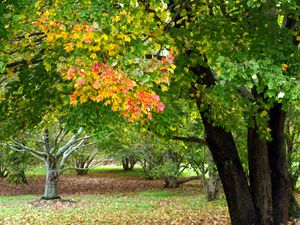
Red maple (Acer rubrum)
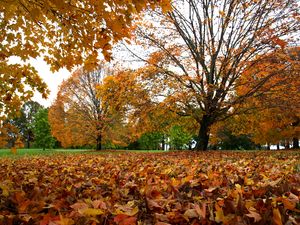
‘Legacy’ Sugar Maple (Acer saccharum ‘Legacy’)
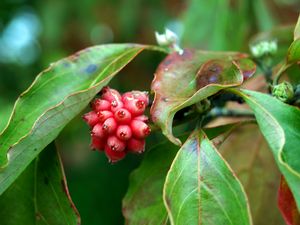
‘Constellation’ dogwood (Cornus x ‘Constellation) berries
This is a hybrid between C. florida and C. kousa. It really shows in the intermediate appearance of the berries. This series (Stellar dogwoods) is alleged by some not to fruit.
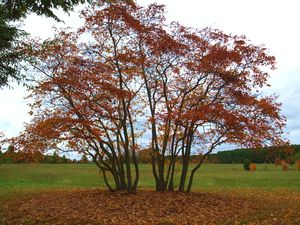
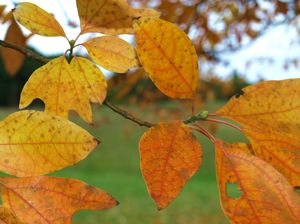
Sassafras (Sassafras albidum) colony and leaves
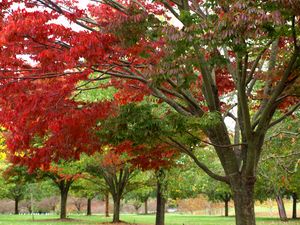
‘Halka’ Zelkiova (Zelkova serrata ‘Halka’)
These trees seemed a bit divided on the issue of turning or not.
And lastly for now, Mystery Fungus.
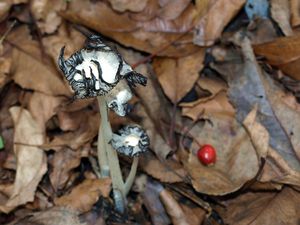
Cute little thing. Hordes of them were growing under a crabapple tree. Does anyone know what it is?


